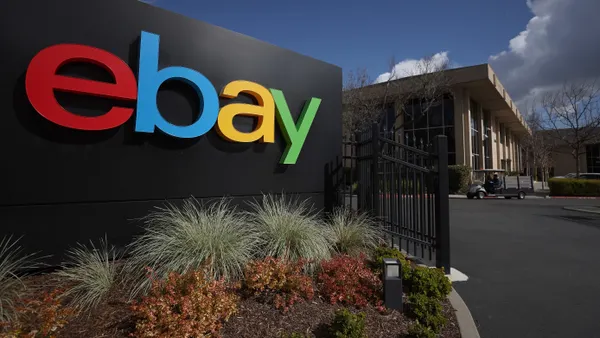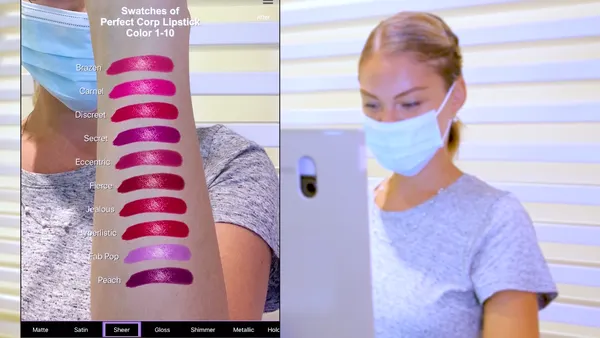If you weren’t focused on your organization’s digital experience prior to 2020, chances are that’s all changed in the last couple of years. And it makes sense — more than ever, your customers need the ability to make purchases from anywhere (no reference to pandemic shutdowns necessary). But the digital experience doesn’t begin and end online. In fact, there are many untapped opportunities to improve sales and delight your customers with a meaningful digital experience in your physical stores.
Let’s take a closer look at what extending your digital strategy in-store can look like.
Common potential in-store missed opportunities
One of our Esper team members recently visited a popular retailer on a busy Saturday. He went to try on shoes with the intent of buying a new pair of hiking boots. After looking at options and tracking down an associate, he was told he could get in line to put in a request with a different associate for the boots he wanted to try on. Bummer. No one reading this has ever been excited to get in line just to get in line again.
It’s clear this is not an ideal experience for any shopper, but it’s also understandable how it happens. Store managers and associates are expected to do more than ever before — in some cases, stores are functioning as fulfillment centers, and often they’re also acting as education hubs. Associates don’t have the freedom to drop what they’re working on to support a customer the way they might like — and the way the customer probably expects.
But retail stores can’t keep functioning this way. Fortunately, industry-leading organizations are carving the path toward digital innovation and understand that the in-store experience is an integral part of that strategy.
What does a successful in-store digital experience look like?
Thinking back to our earlier example, one of the biggest problems with the manual queue is that employees were solely dedicated to recording which shoes people wanted to try on — that’s someone (an intelligent, thoughtful human) who could be creating great experiences for customers and instead is spending their time focused on a manual, unskilled task.
So what’s the solution? Leveraging technology to complete repetitive tasks that are below your associate’s skill level. For example, what if the retailer mentioned earlier used a kiosk or tablet where customers could enter their name and select which pair ofshoes they wanted to try on. This shifts the burden of the process to the device and frees up the employee to help customers in other more meaningful ways.
Also, this same kiosk or tablet could let customers know whether or not that shoe is available in stock, which saves them the frustration of waiting only to be told it’s not in the store. Better yet, this screen could also offer to order that pair of shoes, attributing the sale to the store.
The difference between someone waiting just to find out if they can try someone on and a customer who can take advantage of self-service tools to accelerate their buying decision is enormous. Which experience would you rather associate with your brand?
Considerations for building your in-store experience
An in-store digital strategy is only effective if you have, well, strategy. And the good news is there are a number of devices to choose from for any use case you can dream up. But that can also make it feel confusing as to where to start.
You probably won’t have all the answers when you begin, which is why it’s essential to choose flexible, long-term solutions and that starts with something as basic as the operating system your devices will run on. At Esper, we build on Android for it’s security, adaptability and flexibility. Rather than getting locked into expensive hardware like on iOS, Android works on a number of affordable form factors like kiosks, tablets, PoS systems and custom hardware. Android is also the operating system that gives you the most control over your hardware fleet.
Whether you’ve already started designing your in-store digital experience or you’re at square one and looking for a technology partner who’s been around the device block, Esper can help you build your device fleet precisely the way you want.










